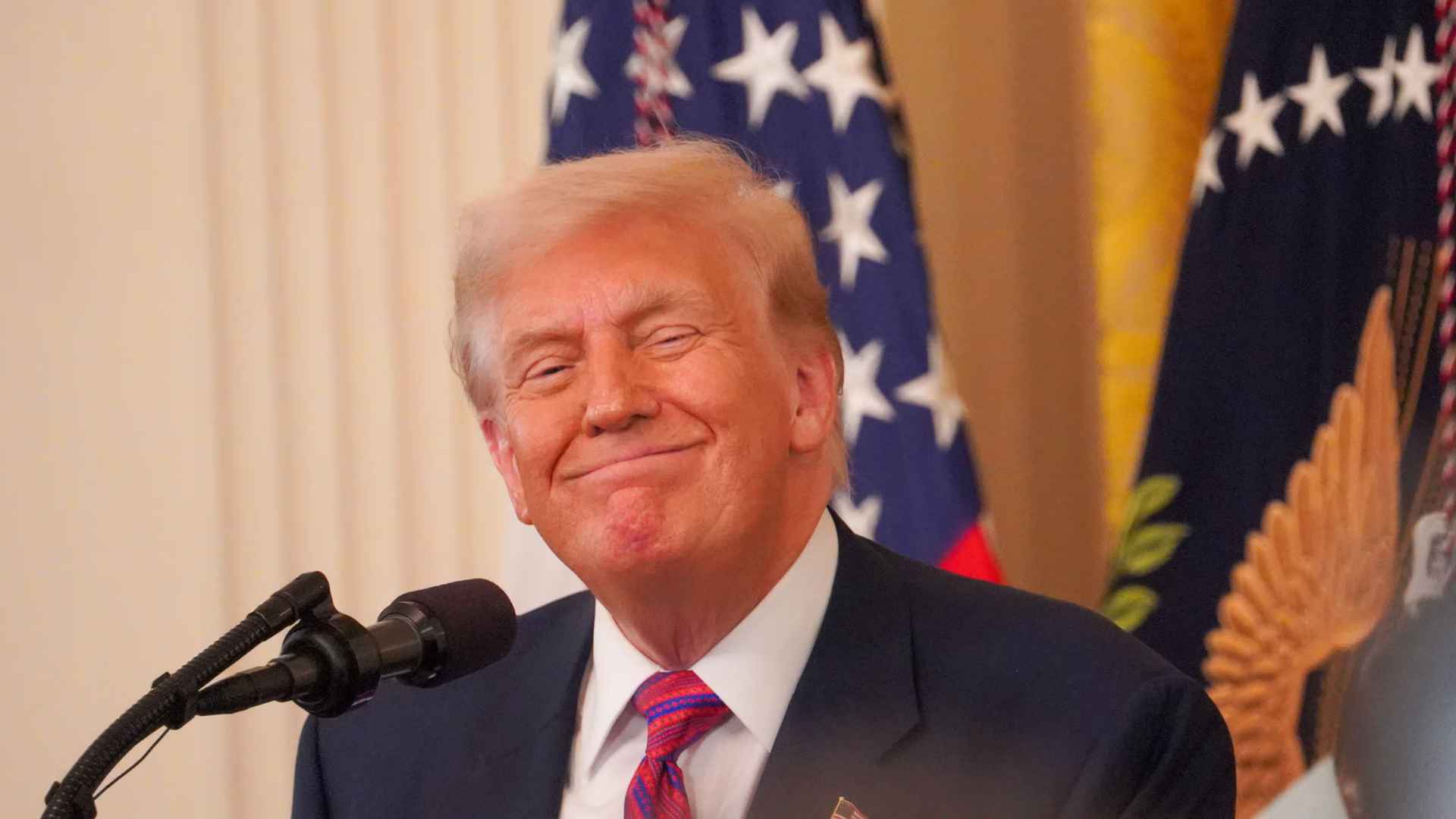The move directs the Labor Department and SEC to revisit rule interpretations. It could open 401(k)s to private equity, private credit, real estate, and crypto.
On Thursday, President Trump signed an executive order to let alternative assets into 401(k) retirement accounts. Federal rules currently discourage most defined-contribution plans from using such assets—often seen as a fiduciary risk—so they stick to stocks and bonds. The order gives the Department of Labor 180 days to reevaluate interpretations and, if needed, propose changes; it also asks the SEC to revise applicable guidance.
What the executive order changes for 401(k) plans, private equity access
Trump previously issued guidance in his first term; former President Biden later rescinded that language. The new order goes further, setting a 180-day clock and signaling a broader opening, though it remains directional until final rules arrive. What does this mean for your 401(k) today? Here’s a quick look at the roadmap before anything changes.
| Agency | Mandate under the order | Timeline |
|---|---|---|
| Department of Labor | Reevaluate rule interpretations for employers and plan fiduciaries | 180 days |
| Securities and Exchange Commission | Consider revisions to applicable rules and guidance | To be proposed |
| Retirement plan administrators | Review options once final rules are issued | After agency actions |
Until agencies finalize guidance, your current lineup stays the same.
Why Wall Street and retirement savers care about alternative assets now
For private equity, this is a long-sought prize—a vast new pool of contributions from millions of workers. Fundraising has slowed after a multi-year drought in distributions; adding 401(k)s could refill the pot. It could also lift cryptocurrency sentiment, with Bitcoin prices rising ahead of the signing. Tempted by the promise of higher returns?
Potential upsides if options ultimately become available
- Diversification beyond public stocks and bonds
- Access to private credit and real estate
Key risks and frictions highlighted by plan sponsors
- High fees and long-dated investment horizons
- Redemption restrictions and limited transparency
Caution for plan administrators weighing fees, liquidity, maturity and transparency
However, it’s no sure bet administrators will rush in. Some will balk at costs and lockups; others will question whether newer markets are ready. A week after the order, the standout is how quickly the administration has activated—but the real work starts as regulators draft the details. So, what should savers do now?
Monitor DOL proposals over the next 180 days and SEC guidance; read plan communications; and assess whether any new options match your risk tolerance once they exist. For now, the order sets direction—implementation comes next.

